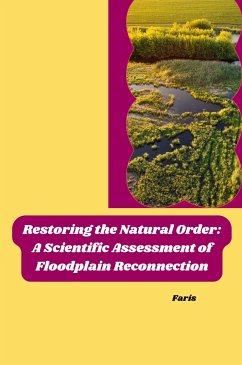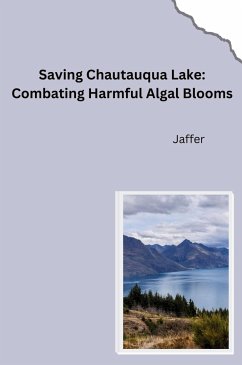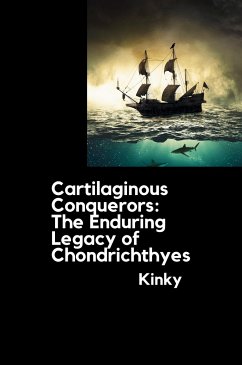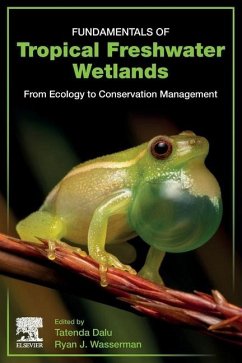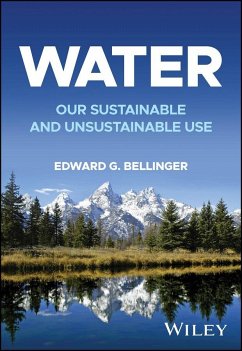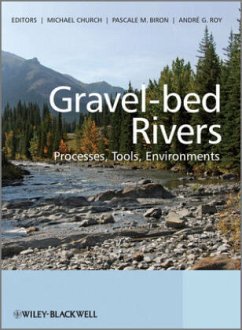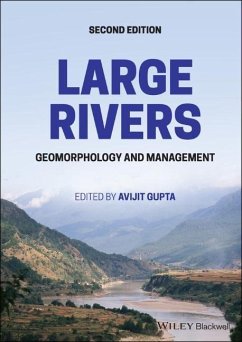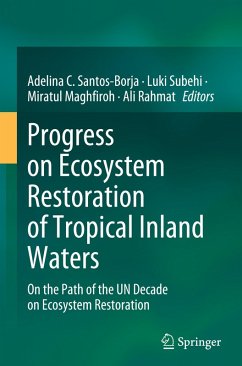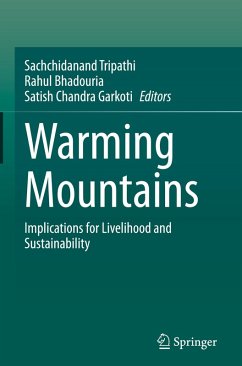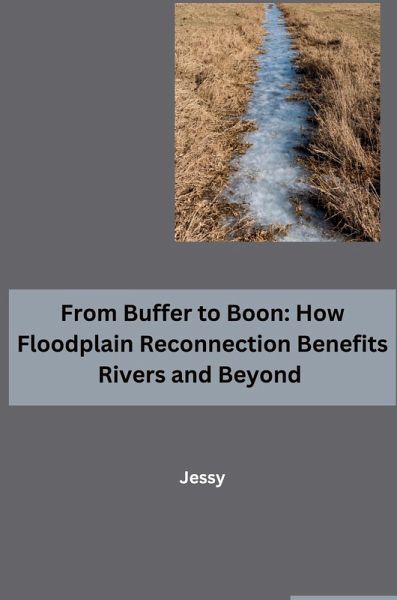
From Buffer to Boon: How Floodplain Reconnection Benefits Rivers and Beyond
Versandkostenfrei!
Versandfertig in 6-10 Tagen
28,49 €
inkl. MwSt.

PAYBACK Punkte
0 °P sammeln!
This title uses strong metaphors to capture the value of floodplains. "Buffer" suggests their traditional role in flood control, while "Boon" emphasizes the wider benefits of reconnection. "Beyond" hints at the impact that extends beyond the river itself.The piece could delve deeper into the historical perception of floodplains. They were often seen primarily as buffers, prompting interventions like levees to control water flow.The focus would then shift to how reconnection transforms floodplains from "buffers" to "boons." Here are some key benefits:-Enhanced Flood Control: Reconnected floodpl...
This title uses strong metaphors to capture the value of floodplains. "Buffer" suggests their traditional role in flood control, while "Boon" emphasizes the wider benefits of reconnection. "Beyond" hints at the impact that extends beyond the river itself.The piece could delve deeper into the historical perception of floodplains. They were often seen primarily as buffers, prompting interventions like levees to control water flow.The focus would then shift to how reconnection transforms floodplains from "buffers" to "boons." Here are some key benefits:-Enhanced Flood Control: Reconnected floodplains absorb floodwaters naturally, reducing the strain on levees and protecting downstream communities.-Ecological Restoration: Floodplains provide vital habitats for fish, birds, and other wildlife. Reconnection allows these ecosystems to flourish.-Improved Water Quality: Floodplains act as natural filters, removing pollutants and sediments before they reach the main channel."From Buffer toBoon" goes beyond just river health. It suggests benefits for:-Biodiversity: Reconnection supports a wider range of species in the floodplain ecosystem.-Water Security: Cleaner water benefits communities and ecosystems that rely on the river.The title paves the way for exploring the ripple effects of floodplain restoration. It highlights the interconnectedness of healthy rivers and the well-being of surrounding environments and communities.





